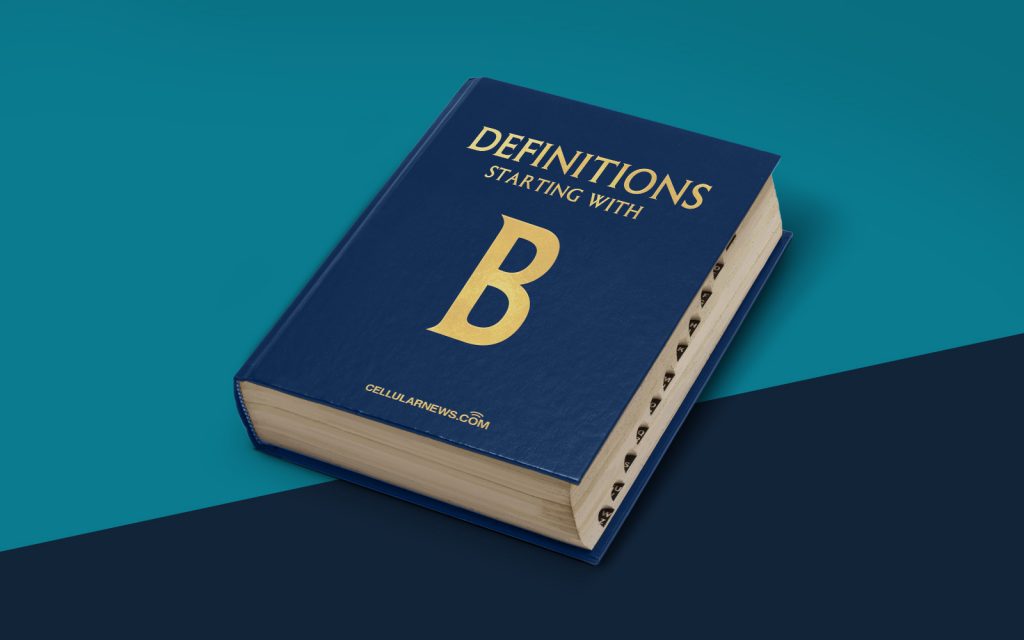
What is Blockchain (Distributed Ledger)?
Welcome to the “DEFINITIONS” category of our blog! Today, we are diving into the fascinating world of blockchain technology. If you’ve been even remotely connected to the field of technology in recent years, chances are you have come across the term “blockchain” at some point. But what exactly is it, and why is it creating such a buzz? Let’s find out!
Key Takeaways:
- Blockchain is a decentralized and transparent digital ledger that records transactions across multiple computers or nodes.
- It offers increased security, transparency, and efficiency, making it suitable for various industries.
Demystifying Blockchain:
At its core, blockchain is a distributed ledger composed of a chain of blocks, where each block contains a collection of transactional data. Transactions are verified by a network of computers, known as nodes, instead of a central authority. This decentralized nature makes the blockchain resistant to fraud, censorship, and tampering.
Blockchain gained fame as the technology that underpins cryptocurrencies like Bitcoin. However, its potential extends far beyond digital currencies. It offers a secure and efficient way to record and verify any kind of digital transaction, be it financial, contractual, or even supply chain-related.
How does Blockchain work?
- Decentralized Network: Blockchain operates on a decentralized network, meaning there is no single point of failure or control. Transactions are verified and recorded by consensus among the network participants.
- Block Structure: Transactions are grouped into blocks which are linked together chronologically in a chain. Each block contains a unique identifier, a timestamp, and a reference to the previous block. This structure ensures immutability and transparency.
- Distributed Consensus: To add new transactions to the blockchain, a consensus algorithm is used to validate and agree on the accuracy of the data. This prevents double-spending and ensures the integrity of the ledger.
- Cryptography: Blockchain uses cryptographic techniques to secure the data. Each transaction is digitally signed and verified, ensuring authenticity and protecting against unauthorized modifications.
Blockchain has the potential to revolutionize various industries by streamlining processes, reducing costs, and increasing trust and transparency. From finance and healthcare to supply chain and voting systems, the applications are vast and varied.
Key Takeaways:
- Blockchain is a decentralized and transparent digital ledger that records transactions across multiple computers or nodes.
- It offers increased security, transparency, and efficiency, making it suitable for various industries.
In conclusion, blockchain is an innovative technology that provides a secure and transparent way to record and verify digital transactions. By eliminating the need for intermediaries and central authorities, it offers increased efficiency and trust in a wide range of industries. Whether you’re a tech enthusiast or a business owner, understanding blockchain and its potential can open up a world of possibilities. Stay tuned for more exciting definitions in our “DEFINITIONS” category!
